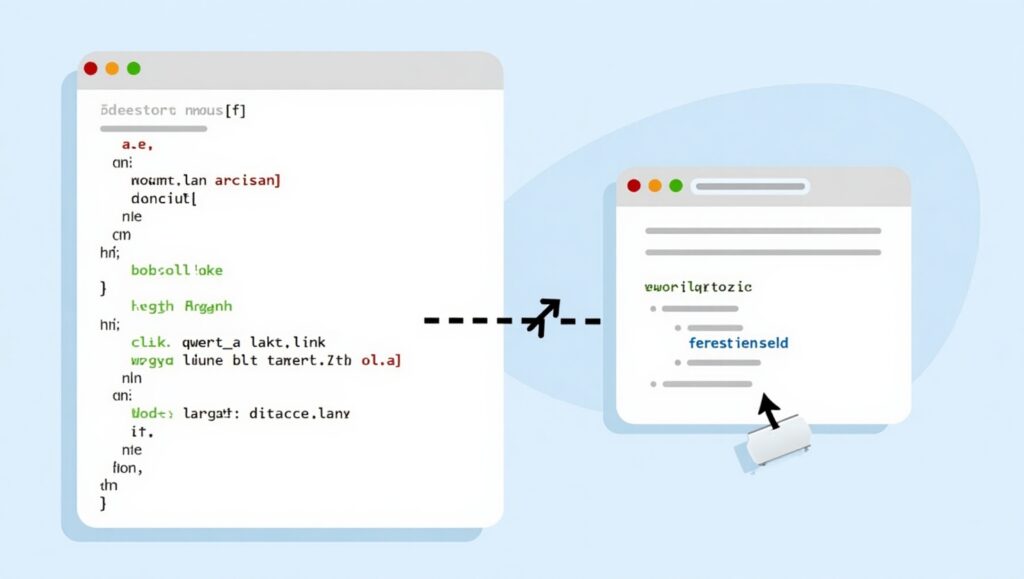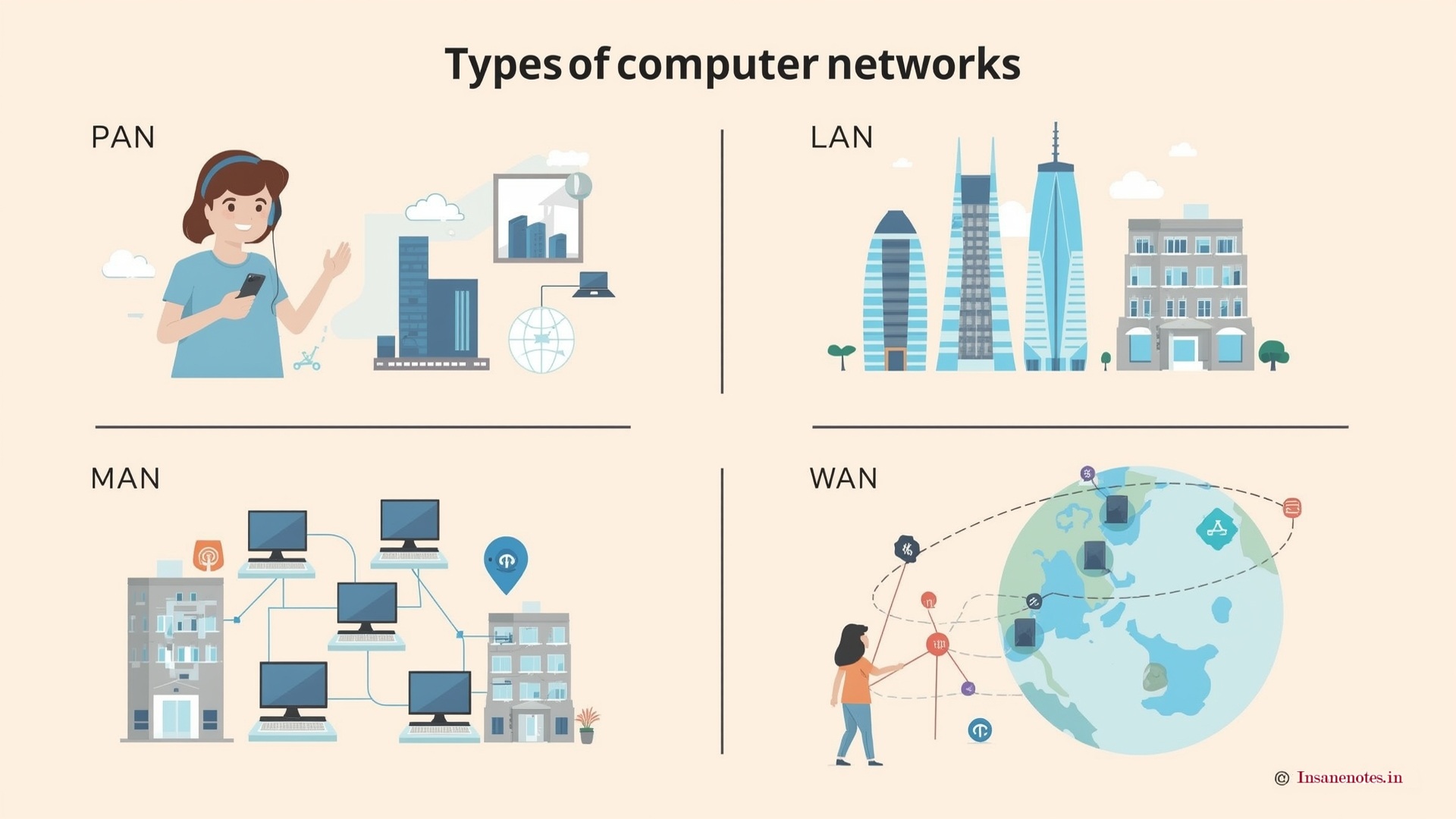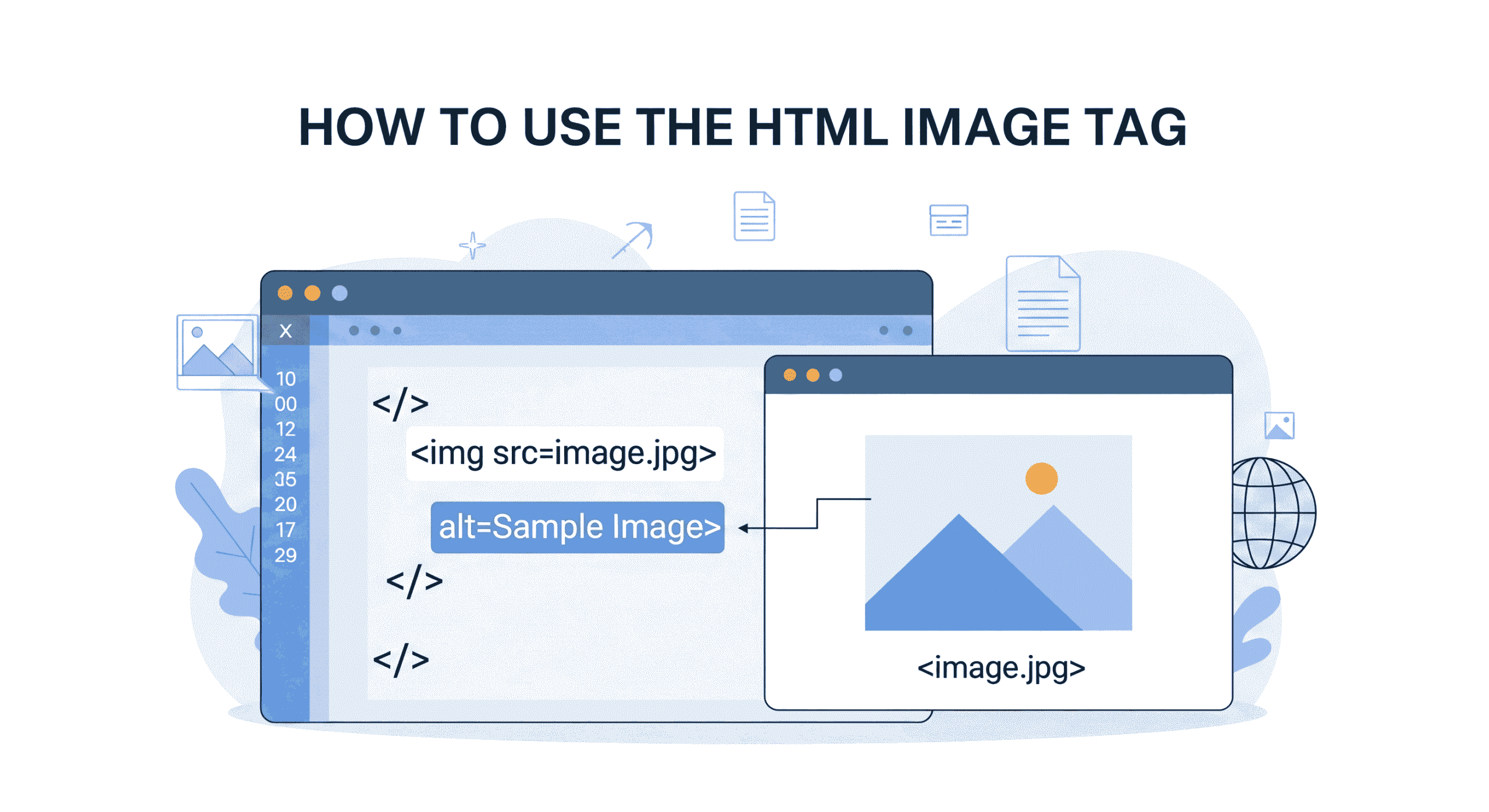HTML Anchor Element: What Are Anchor Links & How to Use Them
Unlocking Web Navigation: The Power of the HTML Anchor Element
Imagine clicking a link and instantly jumping to a specific section halfway down a page. Or clicking text that smoothly transports you to an entirely different website. This everyday magic is powered by the HTML Anchor Element, the unsung hero of web navigation. Whether you’re building your first webpage or refining a complex site, understanding this fundamental HTML tag is crucial. Let’s dive deep into the world of anchor links and discover how to wield their power effectively.
Introduction: The Web’s DNA – HTML and Hyperlinks
The internet, at its core, is a giant web of interconnected documents. This “web” exists because of two foundational technologies:
- HTML (HyperText Markup Language): The standard language used to create the structure and content of web pages. It defines elements like headings, paragraphs, images, and crucially, links.
- Hyperlinks (or simply “links”): The clickable connections that bind the web together. They allow users to navigate between different pages on the same site (internal links), jump to pages on entirely different sites (external links), or move to specific sections within a single page (anchor links).
Without hyperlinks, the web would be a collection of isolated documents, not the dynamic, interconnected universe we know. The HTML Anchor Element (<a>) is the specific HTML tag responsible for creating these essential hyperlinks.
Also Read This :
What Exactly is the HTML Anchor Element?

Think of the HTML Anchor Element (<a>) as your webpage’s navigation command center. It’s an HTML tag that defines a hyperlink – the clickable text, image, or button that users interact with to navigate. The word “anchor” historically refers to its ability to create both:
- A Starting Point (The Link): The visible, clickable element on the page.
- A Destination Point (The Anchor Target): A specific location within a page (or another page) that the link points to.
When you click an anchor link, your browser performs an action based on the instructions within the <a> tag – usually loading a new page or scrolling to a defined spot on the current page.
The HTML Anchor Element is arguably one of the most important tags in HTML. It transforms static text into interactive pathways, enabling the non-linear, exploratory nature of the web experience. Understanding how to use it correctly is fundamental for any web developer or content creator.
Also Read This :
Top 20 Hidden HTML Tags Every Beginner MUST Know to Boost SEO & Enhance User Experience
Anatomy of a Link: Syntax and Key Attributes
The basic structure of the HTML Anchor Element is simple, but its power comes from the attributes you add to it. Here’s the fundamental syntax:
<a href="destination">Clickable Text or Image</a>
Let’s break down the most critical attributes:
href(Hypertext REFerence):This is mandatory. It defines the destination of the link. Its value can be:- A URL:
https://www.example.com/page.html(External Link) - A Relative Path:
about-us/contact.html(Internal Link to another page) - A Fragment Identifier (Anchor Link):
#section-id(Link to a section within the current page or another page) - Other Protocols:
mailto:email@example.com,tel:+1234567890,ftp://example.com/file.zip
- A URL:
target: Controls where the linked document opens. Common values:_self(Default): Opens in the same tab/window._blank: Opens in a new tab or window._parent: Opens in the parent frame (used with frames/iframes)._top: Opens in the full body of the window, breaking out of any frames.
title: Provides additional advisory information about the link. This text often appears as a tooltip when the user hovers over the link. It’s good for accessibility and user clarity.htmlCopyDownloadRun<a href=”glossary.html” title=”View definitions of technical terms”>Glossary</a>rel(Relationship): Describes the relationship between the current document and the linked resource. Important for SEO, security, and accessibility:nofollow: Tells search engines not to pass ranking credit (“link juice”) to the linked page. (e.g., for user-generated content or paid links).noopener noreferrer: Crucial security best practice when usingtarget="_blank". Prevents the new page from accessing thewindow.openerproperty of your page (potential security risk) and stops sending theRefererHTTP header (privacy).sponsored: Indicates a link is an advertisement or sponsored placement.ugc: Marks links within user-generated content (like comments or forum posts).
id(Not exclusive to<a>, but essential for targets): While theidattribute can be used on any HTML element, it’s vital for creating anchor link destinations within a page. Thehrefvalue points to thisidprefixed by a hash
What Are Anchor Links and Why Do We Need Them?
The term “anchor link” (or “jump link,” “page jump,” “fragment link”) specifically refers to a link that uses the HTML Anchor Element to navigate within the same document or to a specific section of another document. It uses the fragment identifier syntax (#section-id) in the href attribute.
Their Core Purpose:
- Enhance Long-Page Navigation: On lengthy articles, documentation, or product pages, anchor links create a table of contents or “jump to” menu, allowing users to skip directly to relevant sections without endless scrolling. This dramatically improves user experience (UX).
- Deep Linking: Link directly to a specific piece of content within a page. This is invaluable for sharing, referencing in documentation, or guiding users precisely where they need to go.
- Smooth User Journeys: Reduce friction by letting users access the exact information they seek instantly.
- Improved Accessibility: When combined with proper semantic HTML (like heading tags
h1-h6), anchor links provide crucial navigational aids for users relying on screen readers.
In essence, anchor links transform a monolithic page into a well-organized, easily navigable resource, all thanks to the targeted power of the HTML Anchor Element.
Also Read This :
What is HTML? Full Form Definition & Uses in Web Design 2025
How to Use the HTML Anchor Element: Step-by-Step
Implementing anchor links involves two main steps: creating the destination anchor and creating the link that points to it.
Step 1: Create the Destination Anchor (The Target)
You need to mark the specific spot on the page you want users to jump to. This is done by adding an id attribute to an existing HTML element at that location. The id must be unique on the page.
- Best Practice: Use an existing heading (
<h1>,<h2>, etc.) as the target. This is semantically meaningful and aids accessibility.htmlCopyDownloadRun<h2 id=”best-practices”>Best Practices for Anchor Tags</h2> - Alternative: Add the
idto any other suitable element if a heading isn’t present at the exact spot (use sparingly)
Step 2: Create the Anchor Link (The Clickable Trigger)
Now, create the HTML Anchor Element (<a>) that users will click. Set its href attribute to the id of your target element, prefixed by a hash symbol (#).
- Linking Within the Same Page: <a href=”#best-practices”>Jump to Best Practices</a>Clicking this link will scroll the page smoothly to the element with
id="best-practices". - Linking to a Section on Another Page:
Attach the fragment identifier (#id) to the end of the other page’s URL . <a href=”features.html#pricing-table”>See Pricing Options</a>Clicking this link will first loadfeatures.htmland then automatically scroll to the element withid="pricing-table"on that page.
Internal Links vs. External Links: Know the Difference
Understanding how the HTML Anchor Element handles different destinations is key:
| Feature | Internal Anchor Links | External Anchor Links |
|---|---|---|
| Destination | A section within the same webpage. | A section within a different webpage (on your site or another site). |
href Value | #section-id (e.g., #contact-info) | path/to/page.html#section-id (e.g., /blog/post.html#comments) or https://external.com/page#section-id |
| Primary Goal | Navigate within the current document. | Navigate to a specific point on another document. |
| Page Load | No new page load; instant scroll (if on same page). | New page loads (unless cached), then scrolls to anchor. |
| Use Case | Table of Contents, “Back to Top” links, FAQ jumps. | Linking to a specific comment on a blog post, linking to a section in your documentation from an external site. |
Key Takeaway: Internal anchor links (#id) create seamless navigation within your current page. External anchor links (page.html#id or https://site.com/page#id) are used to point users to a very specific location on a different page, either within your own site or anywhere else on the web.
Best Practices for Using Anchor Tags Effectively
Using the HTML Anchor Element well goes beyond just making links work.Use these recommendations to enhance user experience, accessibility, and search engine performance: Adhere to these best practices to ensure the best user experience, accessibility, and search engine optimization:
- Use Descriptive Link Text: Never use “click here” or “read more”. Clearly inform users about the content they can expect after clicking. Screen reader users often navigate by links.
- Bad:
<a href="guide.pdf">Click here</a> for the guide. - Good:
<a href="guide.pdf">Download the User Guide (PDF)</a>
- Bad:
- Prioritize Accessibility:
- Ensure sufficient color contrast between link text and the background.
- Provide clear visual cues for hover and focus states (e.g., underline, color change).
- Apply the title attribute thoughtfully to provide extra information, but avoid depending solely on it.
- Ensure keyboard focus is visible and logical.
- Open External Links in New Tabs Wisely (
target="_blank"):- Use Sparingly: Opening new tabs can disorient users. Reserve it primarily for links leaving your site entirely.
- Always Add
rel="noopener noreferrer": This is a critical security and performance measure when using_blank. It prevents the new page from potentially accessing your page’s context and improves security. <a href=”https://external-site.com” target=”_blank” rel=”noopener noreferrer”>Visit External Resource</a>
- Use Fragment Identifiers Meaningfully: Choose
idvalues that describe the section’s content (e.g.,id="contact-form",id="faq-shipping"). Avoid generic names likeid="section1". - Style Links Consistently: Maintain a consistent look and feel for links across your site so users instantly recognize them.
- Consider Smooth Scrolling: For modern browsers, adding a small CSS snippet can make the jump to anchor links feel smoother:css { scroll-behavior: smooth; }(Note: Test compatibility if supporting older browsers.)
- Handle Dynamic Content: If content (and thus anchor targets) is loaded dynamically (e.g., via JavaScript), ensure your anchor link logic accounts for this timing.
The SEO Impact of Anchor Links: More Than Just Navigation
While anchor links themselves don’t directly pass “SEO link juice” in the way external links do, they significantly influence factors that search engines care about:
- Improved User Experience (UX): Google prioritizes sites offering a great user experience. Easy navigation via anchor links reduces bounce rates (users leaving quickly) and increases dwell time (time spent on site), signaling to search engines that your content is valuable and well-structured.
- Content Structure & Readability: Anchor links, especially when paired with a clear table of contents, help search engines understand the hierarchy and organization of your content. This can aid in indexing and potentially ranking for specific subtopics covered in sections.
- Rich Snippets: In some cases, well-structured content with anchor links can lead to “jump to” links appearing directly in search results, making your listing more attractive and increasing click-through rates (CTR).
- Deep Linking Opportunities: Anchor links allow you (and others) to link directly to the most relevant section of your content, sending strong topical signals to search engines about that specific part of the page.
- Internal Linking Power: While the anchor link itself (
#id) doesn’t pass PageRank, using anchor links within your internal linking strategy helps users and search engines discover deeper, relevant content faster. Links to other pages (even using anchor targets like/page.html#topic) still pass the full value of an internal link.
Key SEO Takeaway: Anchor links primarily boost SEO indirectly by enhancing UX and content organization, making your site more user-friendly and easier for search engines to comprehend. They play an essential role in optimizing individual web pages.
Common Mistakes to Avoid When Using Anchor Links
Even experienced developers can stumble. Steer clear of these pitfalls with the HTML Anchor Element:
- Broken Links (The #1 Sin):
- Missing Target
id: If you link tohref="#summary"but no element on the page hasid="summary", clicking the link does nothing. Double-check youridspellings! - Typos in
idorhref: A simple typo (#sumaryvs#summary) breaks the link. - Dynamic ID Changes: If JavaScript dynamically generates or changes
idvalues, static anchor links will break.
- Missing Target
- Non-Unique
idValues: Anidmust be unique on a single HTML page. Having two elements withid="contact"causes unpredictable behavior when linking. - Forgetting
rel="noopener noreferrer"withtarget="_blank": This security oversight leaves your site vulnerable. - Overusing
target="_blank": Unnecessarily opening links in new tabs frustrates users who prefer controlling their own navigation. Use it primarily for external sites. - Poor or Non-Descriptive Link Text: Vague link text like “here” or “this” is bad for users, accessibility, and SEO context.
- Linking to Invisible Elements: Ensure the target element (
id) is visible on the page when the link is clicked. If it’s hidden by CSS (e.g.,display: none;), the browser won’t be able to scroll to it. - Ignoring Mobile UX: Test anchor link behavior on mobile devices. Ensure touch targets (the clickable link area) are large enough and that jumps feel intuitive on smaller screens.
Practical Examples: Putting the HTML Anchor Element to Work
Let’s solidify understanding with common use cases and code:
Example 1: Basic Page Table of Contents (Same Page)
<!-- Table of Contents (Links) -->
<nav>
<h3>Table of Contents</h3>
<ul>
<li><a href="#intro">Introduction</a></li>
<li><a href="#features">Key Features</a></li>
<li><a href="#pricing">Pricing Plans</a></li>
<li><a href="#contact">Contact Us</a></li>
</ul>
</nav>
<!-- Content Sections (Targets) -->
<section id="intro">
<h2>Introduction to Our Product</h2>
<p>...</p>
</section>
<section id="features">
<h2>Key Features Explained</h2>
<p>...</p>
</section>
<section id="pricing">
<h2>Choose Your Plan</h2>
<p>...</p>
</section>
<section id="contact">
<h2>Get in Touch</h2>
<p>...</p>
</section>
Example 2: “Back to Top” Link
<!-- At the bottom of a long page --> <a href="#top">Back to Top ↑</a> <!-- Option 1: Target the root element (implicit, works without adding id) --> <!-- Option 2: Explicitly add an id to the <body> or <header> --> <body id="top"> ... [Page Content] ... <a href="#top">Back to Top ↑</a> </body>
Example 3: Creating a Link That Jumps to a Section on a Different Page
<!-- On page blog/index.html --> <p>We discussed the new API in depth. <a href="2023-10-release-notes.html#api-changes">Read about the API changes here</a>.</p> <!-- On page 2023-10-release-notes.html --> <h2 id="api-changes">Version 2.1: API Changes</h2> <p>Details about the new endpoints and parameters...</p>
Example 4: External Link with Security & Semantics
<p>Learn more about web standards at the <a href="https://www.w3.org/" target="_blank" rel="noopener noreferrer">World Wide Web Consortium (W3C) website</a>.</p>
Also Read This :
Top Must-Know HTML Tags Every Web Developer Should Master in 2025
FAQs About the HTML Anchor Element
Q1: Can I use an anchor link to jump to a section on a different website?
A: Yes! If the other website has an element with a specific id on the page you’re linking to, you can use https://other-site.com/page.html#their-section-id. However, you have no control over whether that id exists or remains constant on their site.
Q2: What happens if I click an anchor link (#something) but no matching id exists?
A: The browser will simply do nothing. It won’t scroll or show an error. The browser’s address bar will update to show the #something fragment in the URL. This is why testing is crucial.
Q3: Is it possible to turn an image into a clickable anchor link?
A: Absolutely! Place the <img> tag inside the <a> tags:
<a href="large-image.jpg"> <img src="thumbnail.jpg" alt="Description of the image"> </a>
Q4: Is it possible to have an anchor link that doesn’t scroll?
A: The primary purpose of anchor links (#id) is to scroll. If you want a link that does something else without scrolling (e.g., trigger JavaScript), use a <button> element styled like a link or prevent the default scroll behavior using JavaScript event.preventDefault().
Q5: Are anchor links case-sensitive?
A: Yes, in HTML, id values are case-sensitive. href="#Section" will not match an element with id="section". Always be consistent with your casing.
Q6: Can I link to an anchor on the same page using just JavaScript?
A: While you can use JavaScript (element.scrollIntoView()), the HTML Anchor Element with href="#id" is the standard, semantic, and accessible way. Use JavaScript only for more complex scrolling needs.
Also Read This :
Conclusion: Mastering the Web’s Connective Tissue
The humble HTML Anchor Element (<a>) is far more than just a way to make text blue and underlined. It’s the fundamental building block of web navigation, enabling the interconnectedness that defines the online world. From simple external links to sophisticated internal page navigation with anchor links, this versatile tag empowers you to guide users seamlessly through your content.
By understanding its syntax (href, target, rel, title), mastering the creation of destinations using id, and adhering to best practices (descriptive text, accessibility, security with rel="noopener noreferrer"), you can significantly enhance user experience, improve your site’s structure, and contribute positively to SEO.
Remember to avoid common pitfalls like broken links, non-unique IDs, and vague link text. Use the practical examples provided as templates for your own projects. Whether you’re building a simple blog or a complex web application, the HTML Anchor Element remains an indispensable tool in your web development toolkit.


